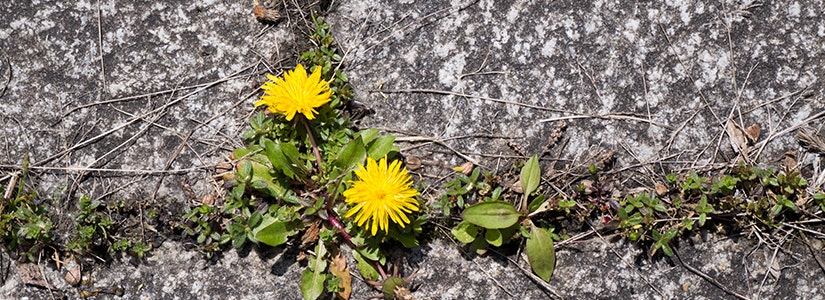

- Home
- Solution Center
- Learn
- Rose & Flower
- Understanding Plant Tags & Labels
Understanding Plant Tags & Labels
Plant labels are your key to success with choosing and growing plants. If you don't understand all the things you see on a label, you're not alone. Unravel the mystery of plant label lingo –and take the guesswork out of selecting and siting plants inyour yard.
The Basic Building Blocks
Plant labels may be different, but often they contain similar information. Here are some of the common words you'll see on plant labels and what they mean to you.
Common name:This is the name gardeners often use to refer to plants. An example is Arizona Sun Blanket Flower.
Botanical name:This is the name growers and other horticultural professionals use to define specific plants. Using our example above, the botanical name for Arizona Sun blanket flower is (Gaillardia x grandiflora 'Arizona Sun'). The words "Arizona Sun" indicate the cultivar, or cultivated variety of Blanket Flower.
Zone:Garden experts divide the world into hardiness zones. In the United States, there are 13 different zones. Each subsequent zone is 10 ºF warmer than the previous one. These zones are further divided into (a) and (b) based on a 5 ºF difference. The label shows the coldest (and sometimes warmest) zone(s) in which a plant can survive. Arizona Sun Blanket Flower is hardy in Zones 2-10.
Size:This is the maximum size the plant achieves in ideal growing conditions. It's sometimes expressed as "height" and "spread" (width).
Spacing:This is how much space to leave between plants in the garden.
Exposure or Light:This details what kind of sunlight the plant needs to thrive. This part of the label can be confusing. Here's the lowdown on light needs:
- Full sun–Plants need at least 6 hours of direct sun daily.
- Part sun–Plants should receive between 3-6 hours of direct sun per day.
- Part shade–Plants thrive with between 3-6 hours of sun per day, but definitely need shade when the sun is hottest in the afternoon. This describes conditions on the east side of a building or in a bed beneath taller trees where direct sun hits in the morning but shade bathes plantings in afternoon.
- Full shade–Plants require less than 3 hours of direct sun per day. The rest of the day, plants need light shade. These conditions occur along the north side of a building or in a bed beneath a tree where sun peeps through leaves at some point during the day.
Care:This section of the label gives important clues about how to keep the plant looking its best. It may suggest pruning, deadheading (removing spent blooms) or following a specific fertilizer program.
Watering:Water needs are often included within the Use or Attributes part of the tag. Sometimes, the tag may show a symbol such as one drop of water, which indicates the plant needs little water to survive. If the tag has several water drops that means the plant needs regular irrigation.
Use:Study this section to discover how to use the plant to brighten your yard. It might say the plant is perfect for containers, a good choice for beds or a wonderful addition to back-of-the-border plantings. Under uses on the Arizona Sun Blanket Flower label, it says that this bloomer is dependable for steady color in hot, dry spots where nothing else grows.
Attributes or Features:The label may state or have symbols that share additional details about the plant. A deer head or outline of a rabbit means the plant is deer-or rabbit-resistant. It may state that the plant produces great cut flowers or that it's a non-stop bloomer, both of which are true for Arizona Sun Blanket Flower.
The Bottom Line
Ultimately, plant labels provide a starting point for learning about a plant. You'll discover more detailed information from local garden centers or your local Cooperative Extension System offices. Also look for regional books or blogs that can help you better understand how specific plants perform in your area.











